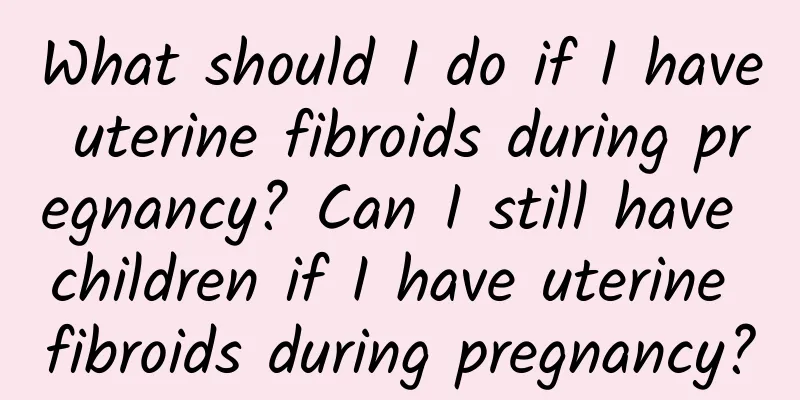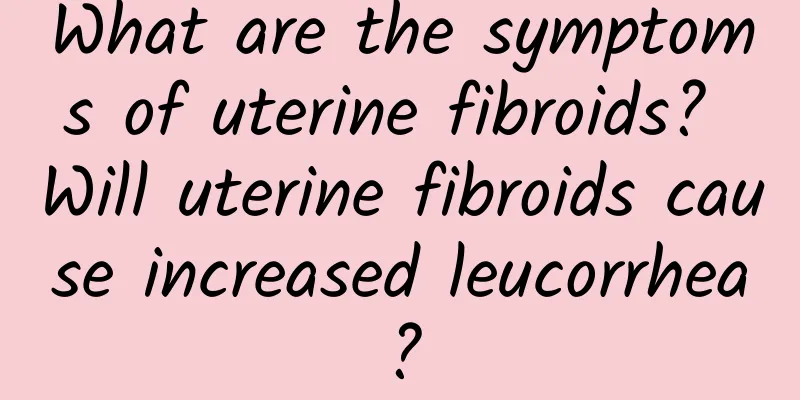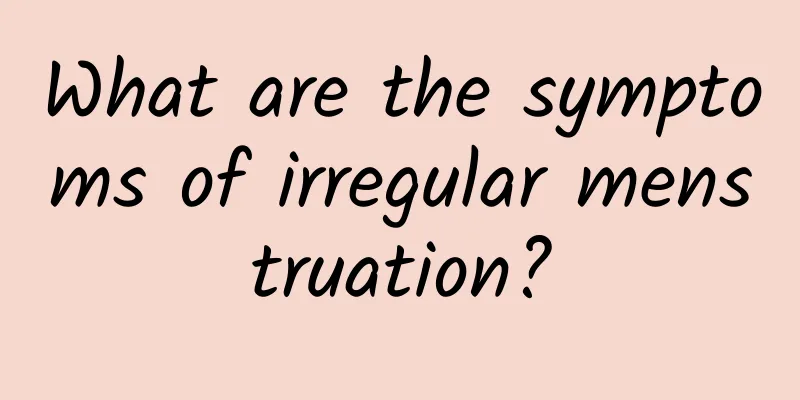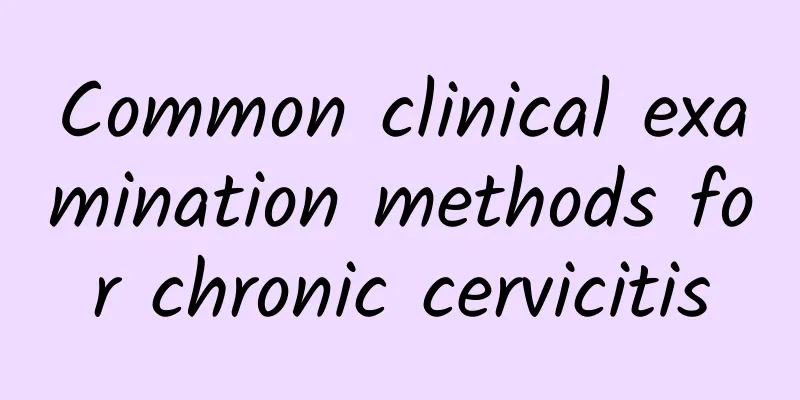What should I do if I have uterine fibroids during pregnancy? Can I still have children if I have uterine fibroids during pregnancy?

|
If uterine fibroids are found after pregnancy, they should be treated according to factors such as the month of pregnancy, size of the fibroids, and clinical manifestations. l) Treatment of uterine fibroids in early pregnancy: Intervention of uterine fibroids in early pregnancy is prone to miscarriage, so it can wait until the second trimester. If the fibroids are large, the chance of complications of continuing the pregnancy is estimated to be greater. If the patient requires an artificial abortion, the pregnancy can be terminated first, the fibroids can be removed in the short term, or an artificial abortion can be performed at the same time. 2) Treatment of uterine fibroids in mid-pregnancy: ① For those with a fibroid diameter of less than 6 cm and no symptoms, most prenatal examinations do not require special treatment; ② For those with a fibroid diameter greater than 6 cm, the fibroid may continue to grow as the uterus grows, and large fibroids are prone to reddening and stimulating uterine contractions or peritoneal irritation symptoms. At this time, obstetricians only recommend conservative treatment such as bed rest and the use of analgesics. Myomectomy during pregnancy is rarely recommended and is only performed when necessary. 3) Treatment of uterine fibroids in late pregnancy: Small fibroids cannot be treated. If the diameter of the fibroid is larger than 8cm but there are no symptoms, cesarean section can be performed at full term, and myomectomy can be performed at the same time. Because large uterine fibroids may not only affect uterine contraction, abnormal production and delayed labor, but also the possibility of postpartum placental retention, postpartum hemorrhage and postpartum infection is greater than that of normal pregnant women. In some cases, the uterus may also be forced to be removed due to uncontrollable postpartum hemorrhage or postpartum infection. Therefore, cesarean section should be selected as the method of delivery, and myomectomy should be performed at the same time as cesarean section. . Uterine fibroids are a common type of female disease and are female genital tumors. Uterine fibroids can cause symptoms such as female infertility, miscarriage, and ectopic pregnancy, and are a disease that we need to pay attention to. |
Recommend
How long does it take to cure endometrial tuberculosis?
The uterus is an important organ for women to giv...
Location and treatment of uterine fibroids: differences between the posterior wall and the anterior wall
Uterine fibroids are a common type of benign tumo...
Is medical abortion safe? What should you pay attention to during medical abortion?
There are two types of abortion: medical abortion...
What to do if your vulva is itchy
Speaking of female gynecological diseases, I beli...
Tell you about the treatment of ectopic pregnancy in life
The incidence of ectopic pregnancy is very high i...
Excessive vaginal cleaning may also cause cervical erosion
Excessive vaginal cleaning may also cause cervica...
Which hospital is good for treating irregular menstruation?
Which hospital is good for treating irregular men...
What medicine can be applied to uterine fibroids? What kind of lotion is good for uterine fibroids?
Uterine fibroids are a common disease in women, a...
What Chinese medicine should I take for a 6 cm uterine fibroid? How to treat a 6 cm uterine fibroid better?
Uterine fibroids 6 cm is one of the common gyneco...
Having sex is not good for losing weight! Uncover the 5 major weight loss traps
[Key Points]: Weight loss is an eternal topic for...
Can CIN3 precancerous lesions be completely cured?
Which method is more effective in treating cervic...
What are the symptoms of cervical warts
What are the symptoms of cervical warts? Speaking...
Experts remind: Uterine fibroids are very harmful to women
For patients with uterine fibroids, they should f...
How to avoid cervical precancerous lesions
How to avoid cervical precancerous lesions? Disea...
Menopausal women can lose weight by taking androgen supplements
As we all know, women after menopause have a grad...









